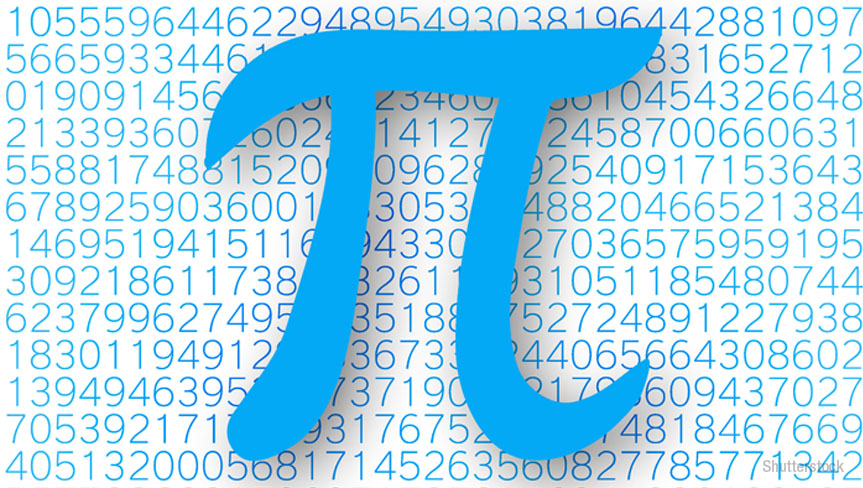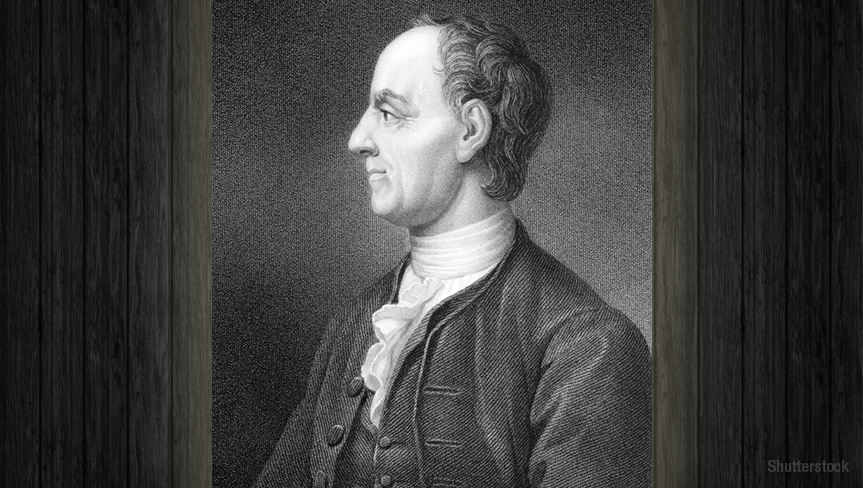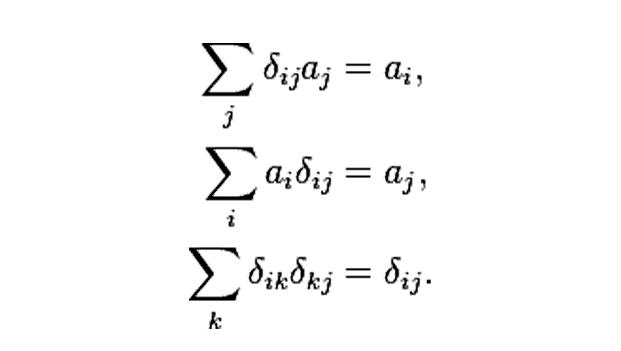10th October 2016
A circle and its sides
Mathematics defines a circle as a round plane figure whose boundary comprises of points at equal distance from a fixed point. Its boundary makes its circumference and the fixed point is the centre. There have been arguments that a circle is actually a polygon consisting of infinite number of sides. Geometrically, a polygon is a closed plane figure having three or more sides that are all straight. A polygon will therefore definitely have ‘corners’. From this perspective, a circle cannot be a polygon as it has no identifiable corners.





